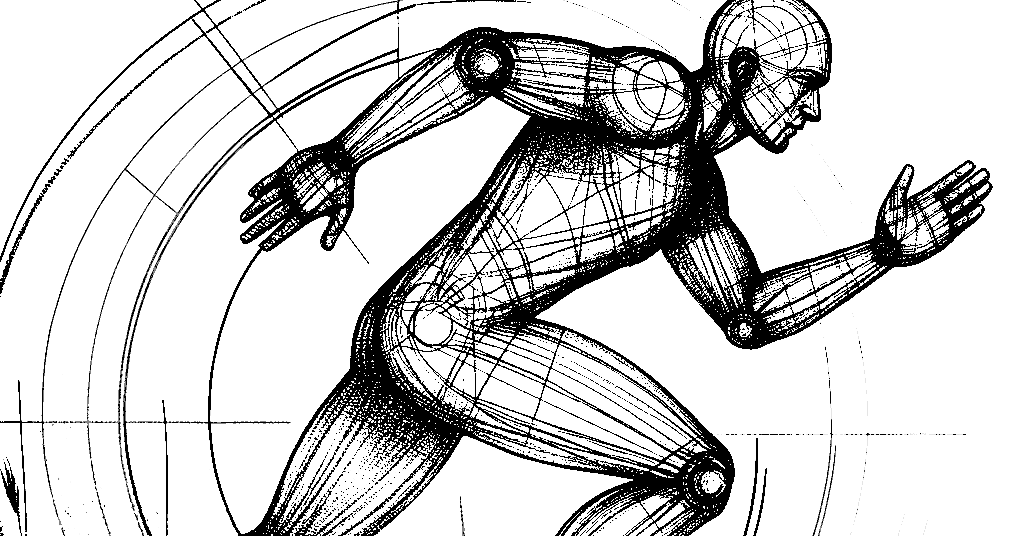Striking the Perfect Balance: How Biomechanics Shape Cricket Batting Glove Design

Cricket, with its blend of power, precision, and finesse, is a sport where every movement is scrutinized and optimized for peak performance. From the graceful arc of a cover drive to the lightning-fast reflexes needed to handle a bouncer, biomechanics—the study of the body's mechanical principles—play a crucial role in shaping the techniques and equipment used by players. Among these, cricket batting gloves stand out as a prime example of how biomechanics influence design, ensuring that players can harness their full potential while minimizing the risk of injury. Join me as we explore the intricate interplay between biomechanics and cricket batting glove design and uncover the impact it has on the game.
Understanding Biomechanics in Cricket Batting:
Biomechanics is the science of analyzing human movement and applying mechanical principles to optimize performance and reduce the risk of injury. In cricket batting, biomechanics come into play with every shot, from the stance and backswing to the follow-through and recovery. Understanding how the body moves and how forces are transmitted through the hands and wrists is essential for designing batting gloves that enhance both performance and safety.
Protection Without Restriction:
One of the primary goals of cricket batting glove design is to provide adequate protection without compromising the player's range of motion or comfort. Biomechanical analysis helps identify areas of the hand that are most vulnerable to injury during batting, such as the fingers, knuckles, and wrists. By strategically placing padding and reinforcements in these areas, designers can mitigate the risk of impact-related injuries without impeding the player's ability to grip the bat or execute shots with precision.
Optimizing Grip and Feel:
A secure grip on the bat is crucial for batsmen to maintain control and accuracy in their shots. Biomechanical studies help designers understand how different materials and textures affect grip strength and tactile feedback. By incorporating innovative materials and surface treatments into the design of batting gloves, manufacturers can enhance grip without sacrificing comfort or flexibility, allowing players to feel connected to their bat and confident in their strokes.
Supporting the Wrist and Forearm:
The wrist and forearm are critical components of a batsman's technique, providing stability and power generation during batting. Biomechanical analysis helps identify the optimal positioning and support needed to minimize strain and fatigue in these areas. Ergonomic wrist straps, adjustable closures, and anatomically contoured designs are just some of the features that cricket batting gloves employ to provide targeted support and enhance biomechanical efficiency.
Enhancing Performance Through Ergonomics:
Biomechanics also informs the ergonomic design of cricket batting gloves, ensuring that they conform to the natural shape and movement patterns of the hand. By reducing pressure points, optimizing finger articulation, and maximizing breathability, gloves can enhance comfort and reduce fatigue during extended innings. This ergonomic approach not only improves player performance but also reduces the risk of repetitive strain injuries associated with prolonged use of cricket equipment.
Innovating for the Future:
As our understanding of biomechanics continues to evolve, so too will the design of cricket batting gloves. Manufacturers are constantly exploring new materials, technologies, and construction techniques to push the boundaries of performance and safety. From advanced impact-absorbing materials to smart textiles that adapt to the player's movements, the future of cricket batting glove design holds exciting possibilities for players of all levels.
Conclusion:
In the dynamic world of cricket, where every shot is a testament to skill, timing, and technique, biomechanics serve as a guiding force in the design of equipment, including batting gloves. By leveraging our understanding of human movement and mechanical principles, designers can create gloves that enhance performance, protect against injury, and optimize the biomechanical efficiency of batsmen. So, the next time you marvel at a perfectly executed cover drive or a lightning-fast reflex catch, remember the silent architects behind the scenes: cricket batting gloves, shaped by the science of biomechanics.

